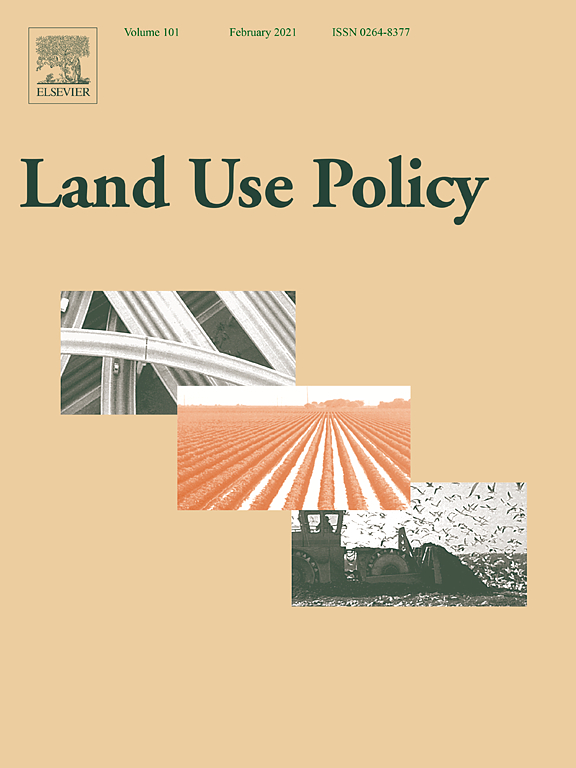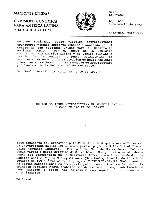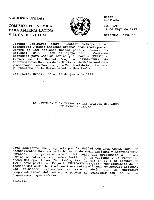Does Urban planning affect urban growth pattern? A case study of Shenzhen, China
It is essential to understand how urban plans affect urban growth patterns in order to improve current urban planning and management systems. Few studies have been conducted to analyse urban growth patterns of Shenzhen, an international megacity located in southern China, but none of them revealed the relationships between urban planning and urban growth patterns. This study explores the effects of urban master plans on urban growth patterns in different plan periods in Shenzhen. We first quantified the urban growth patterns comparing pixel- and patch-based methods.







